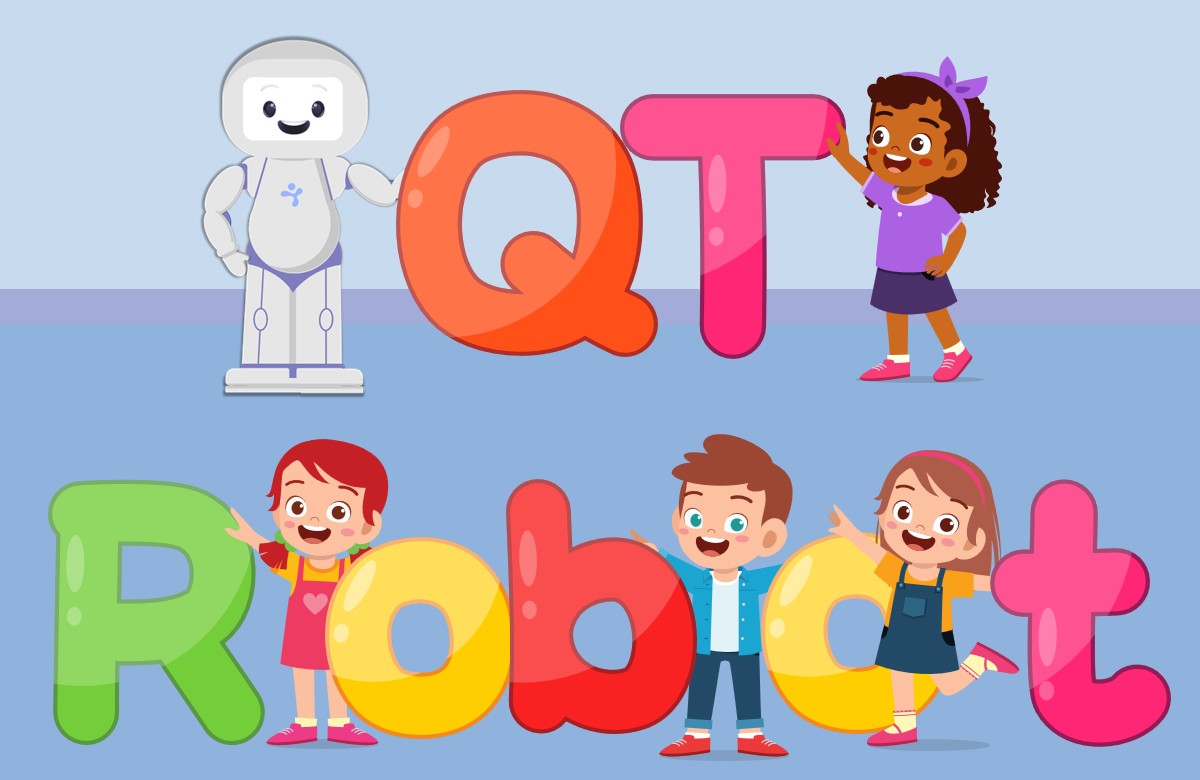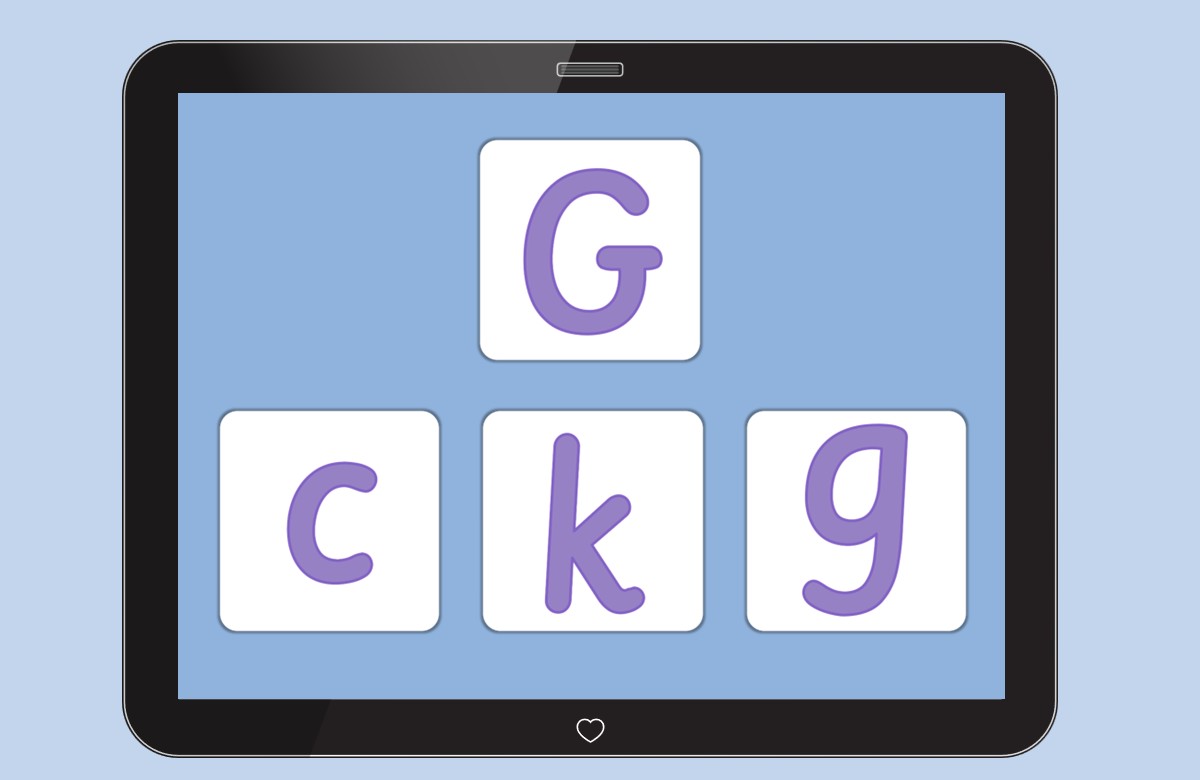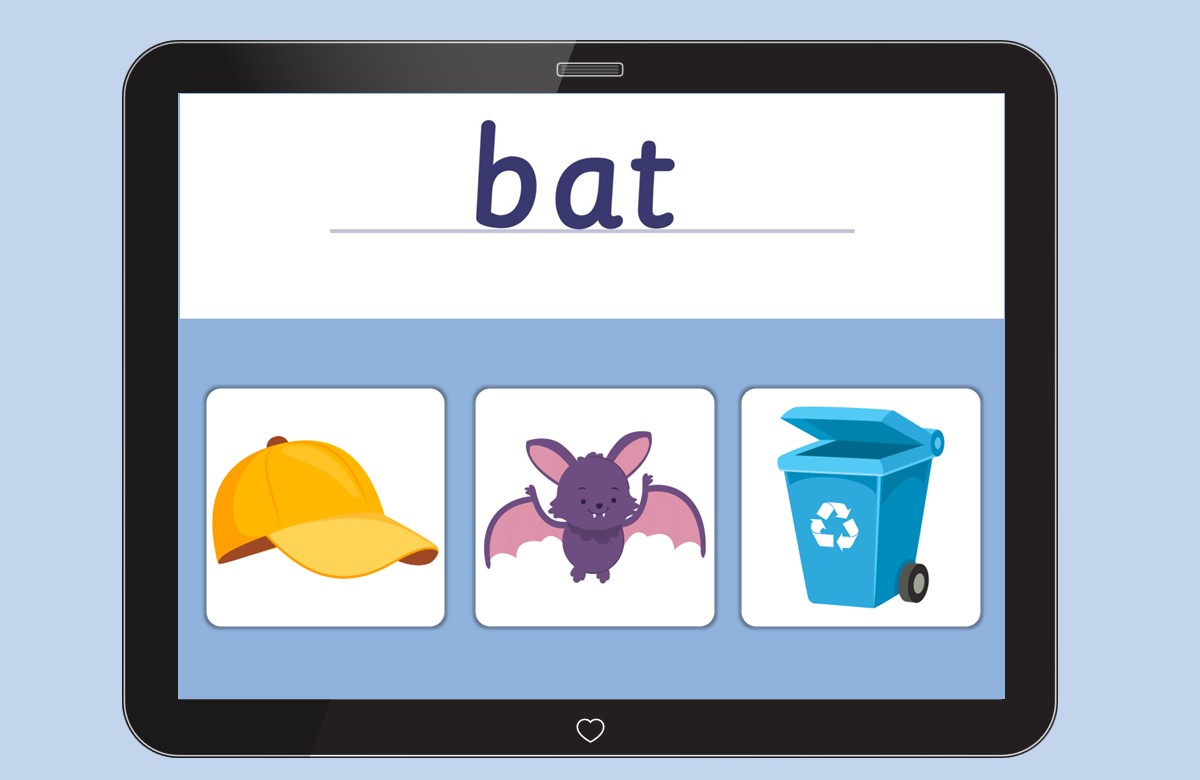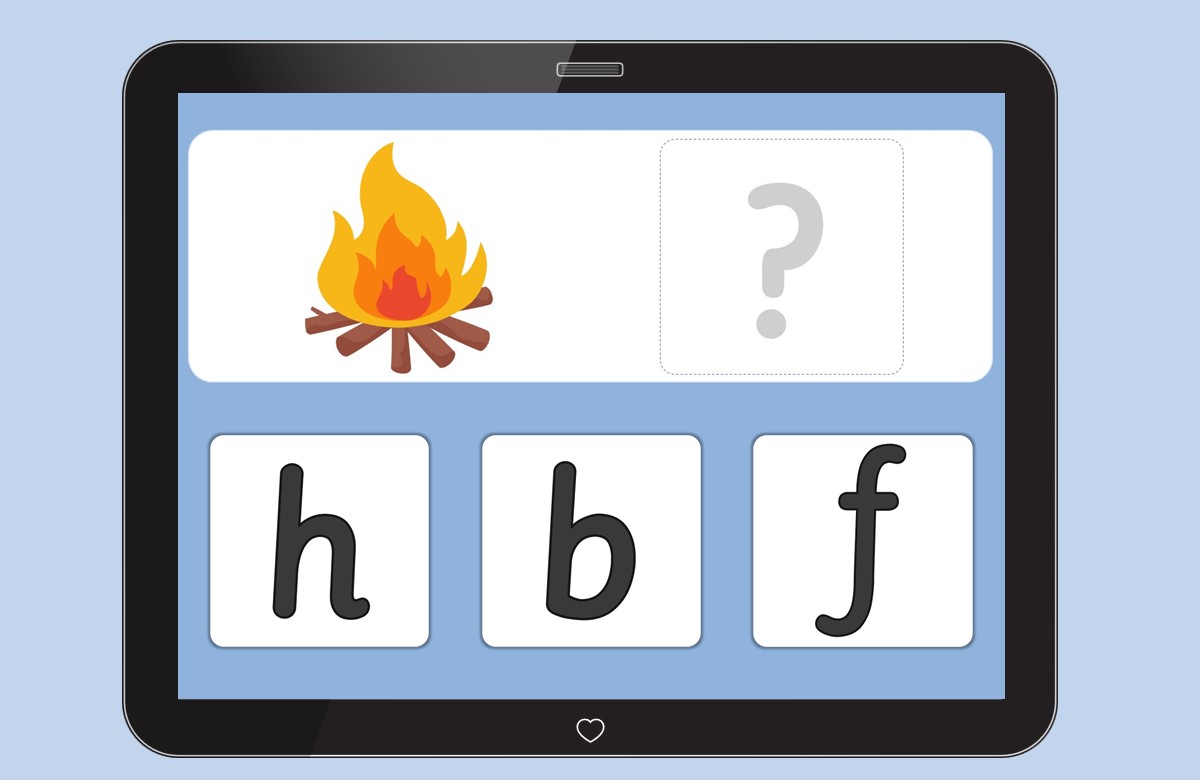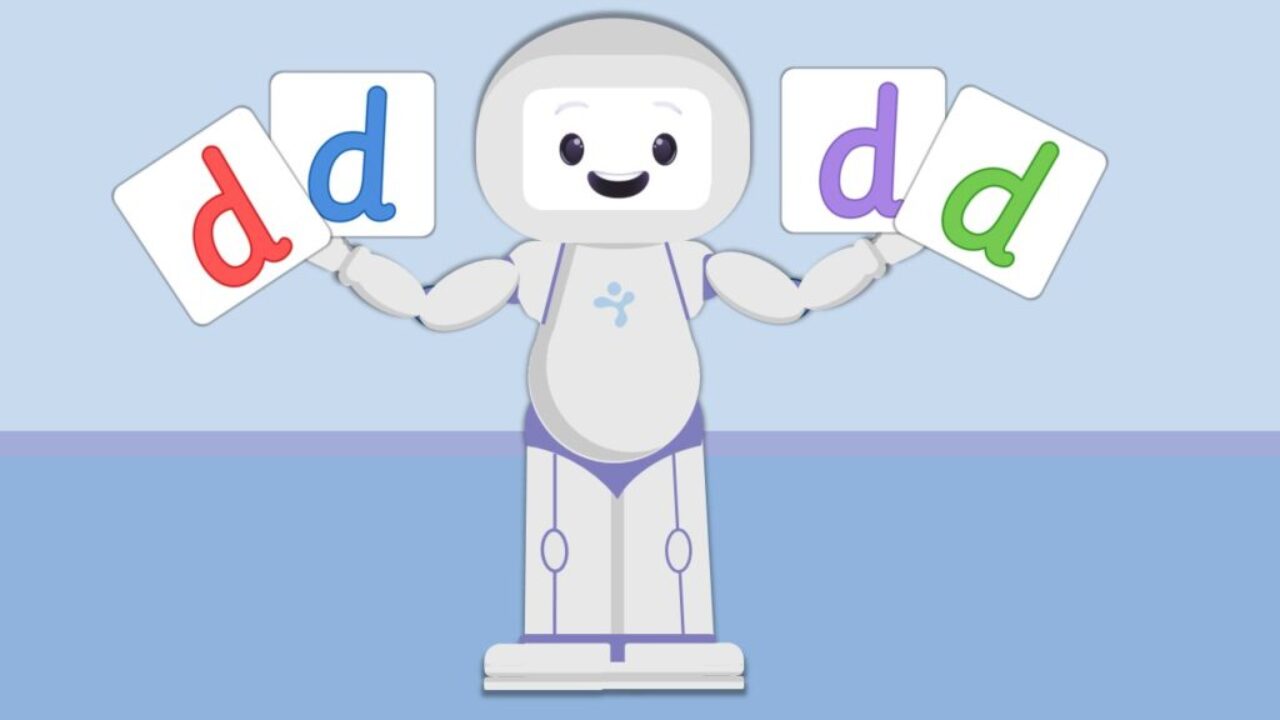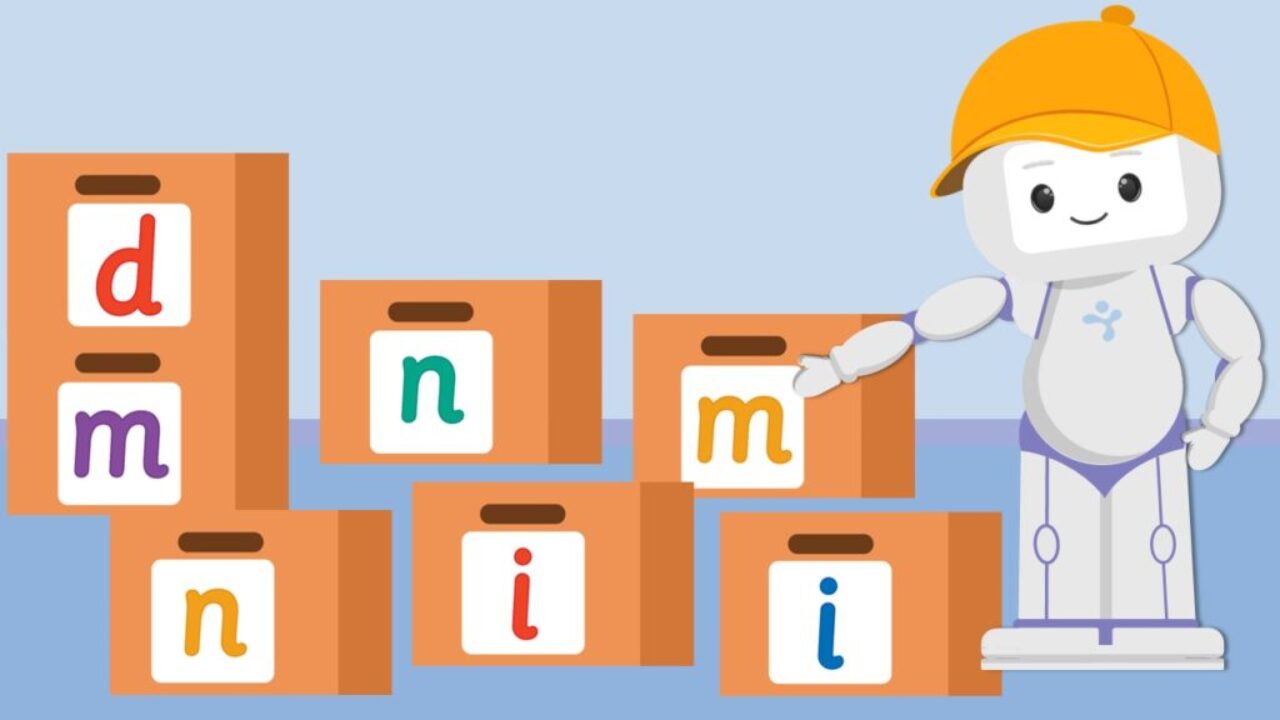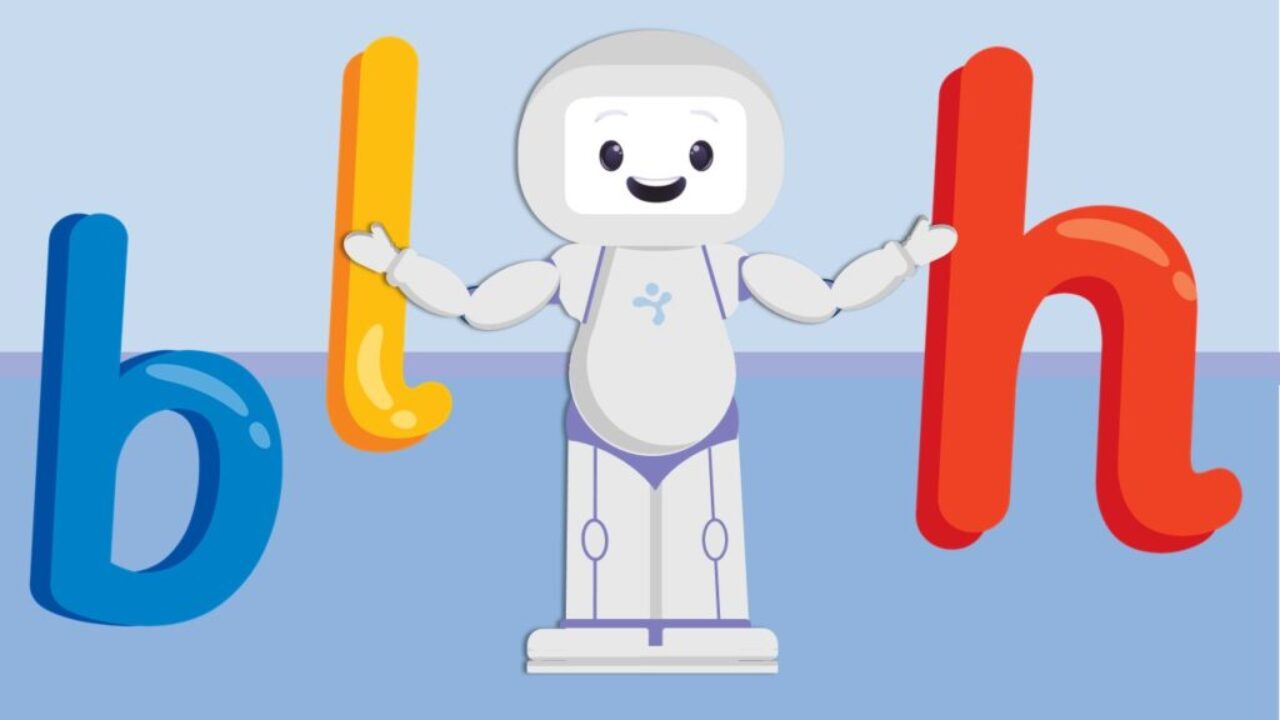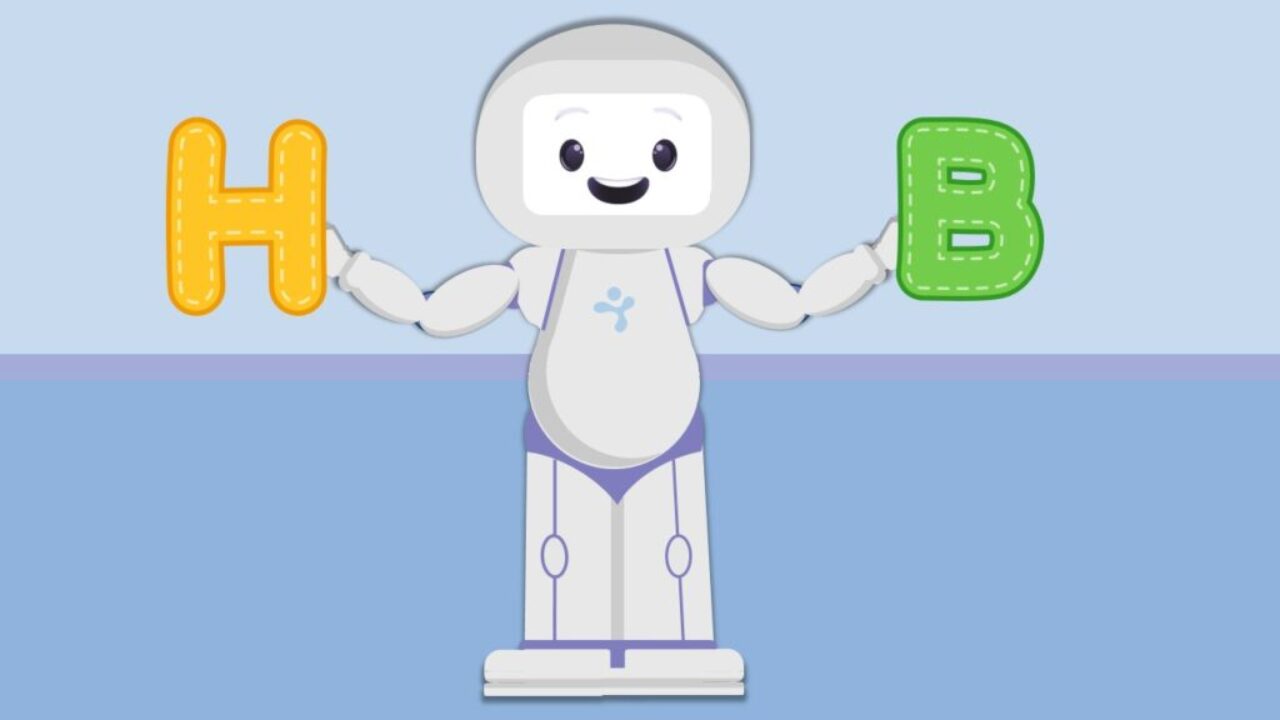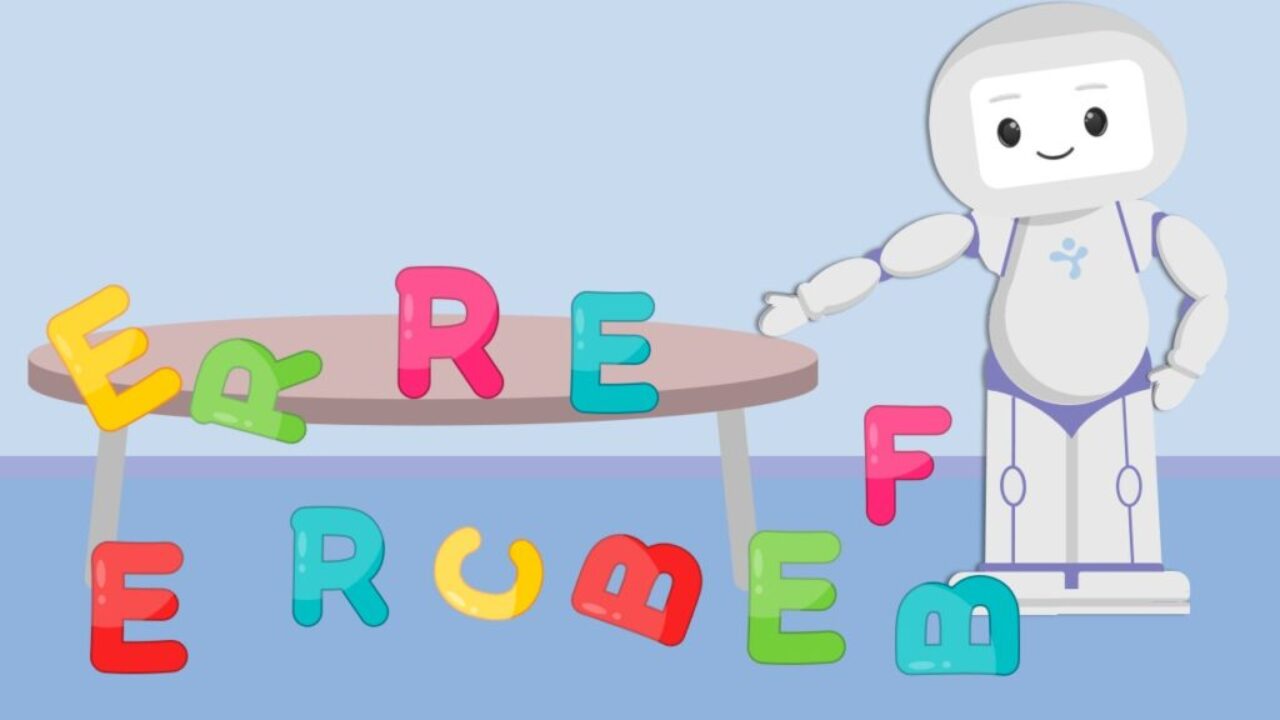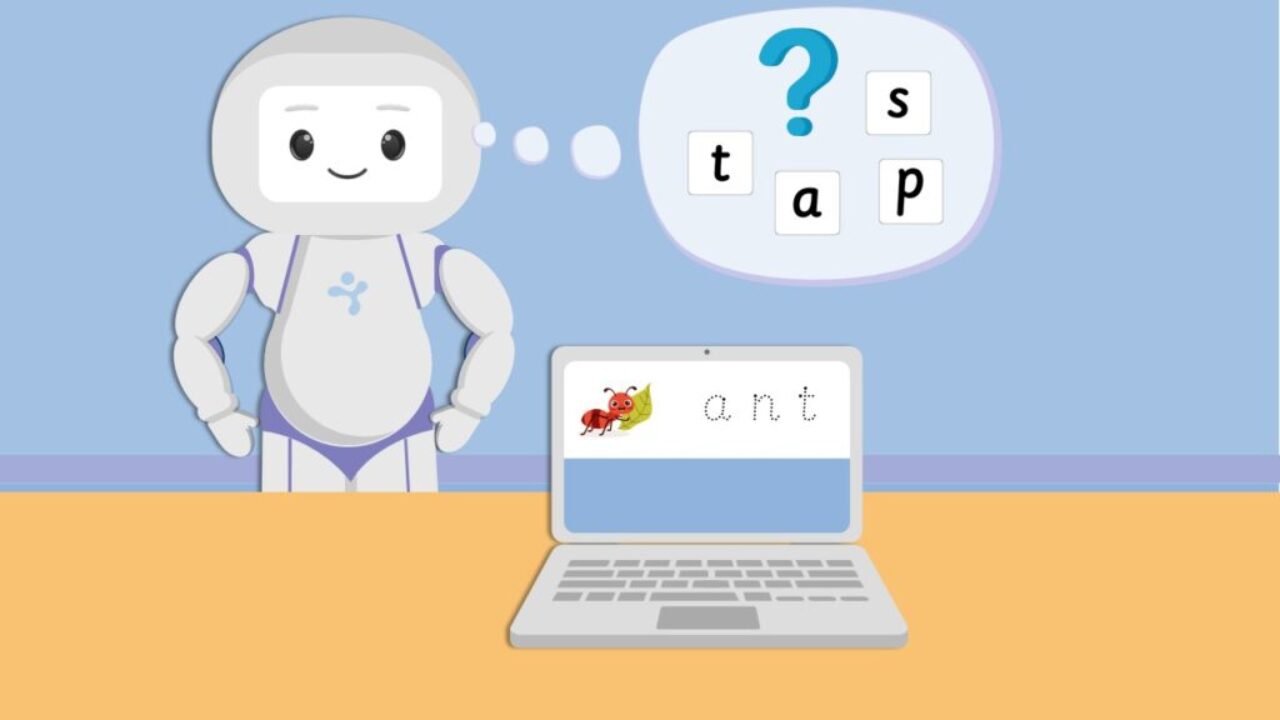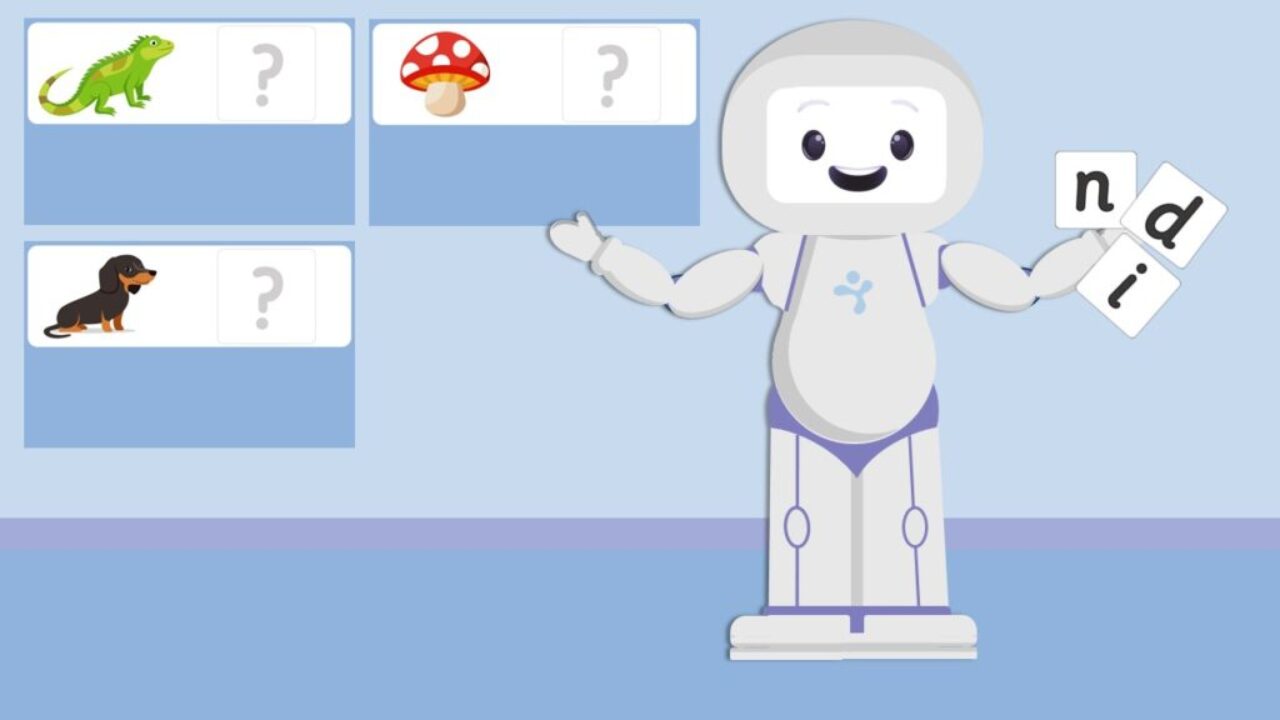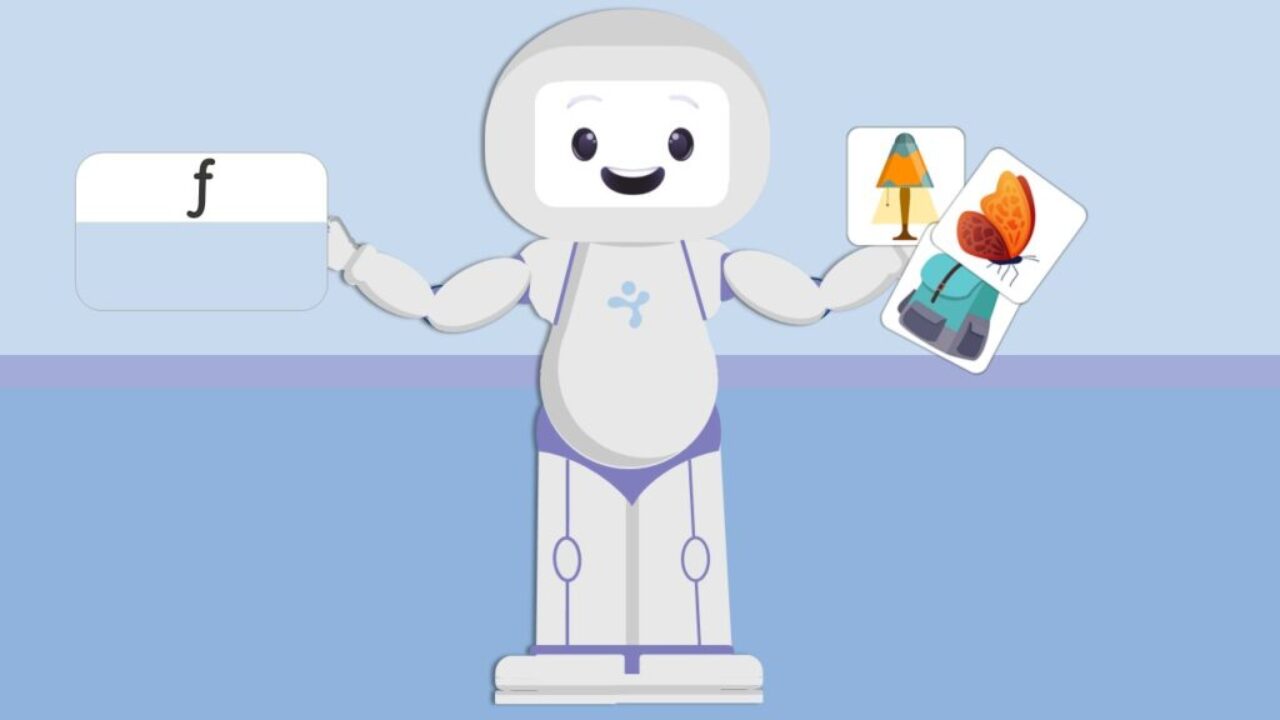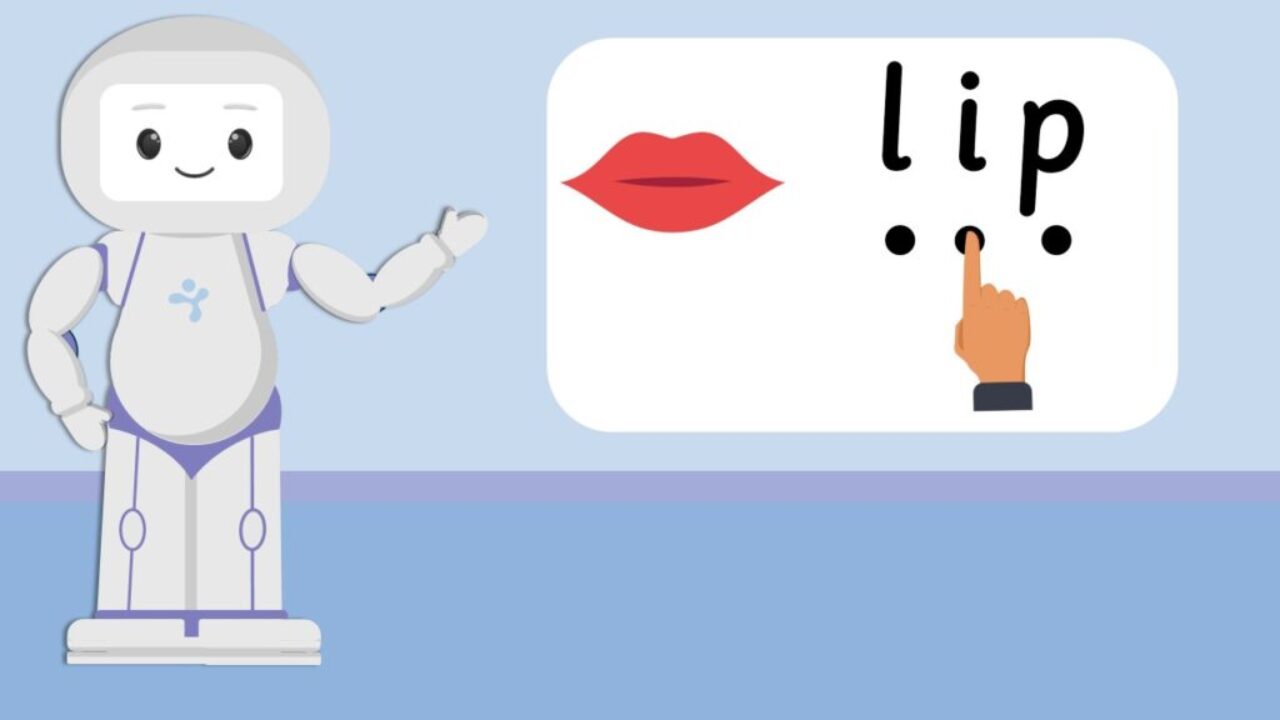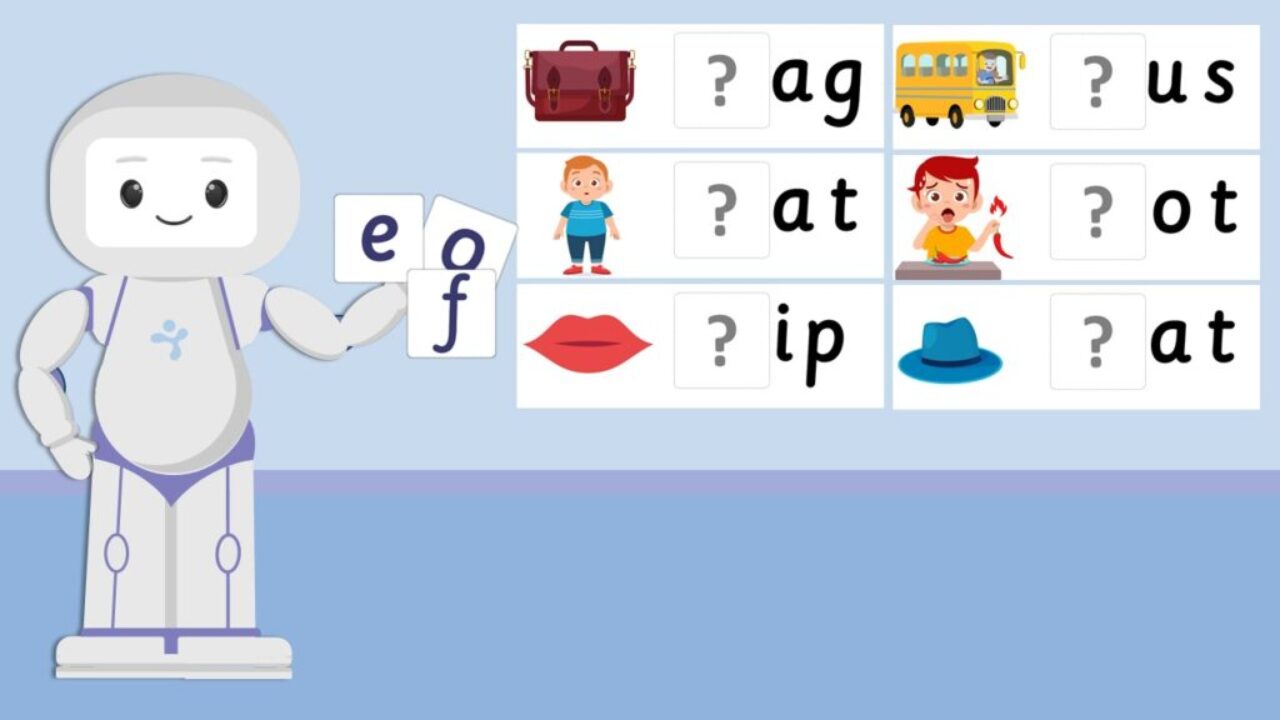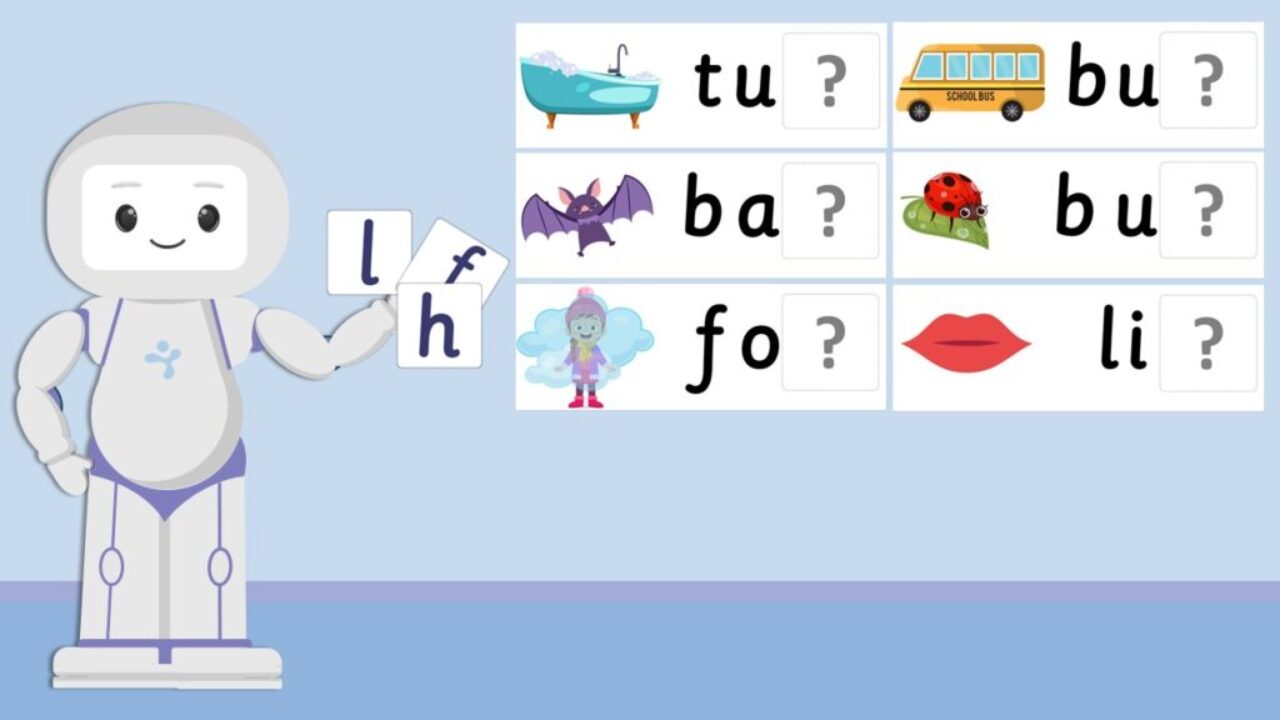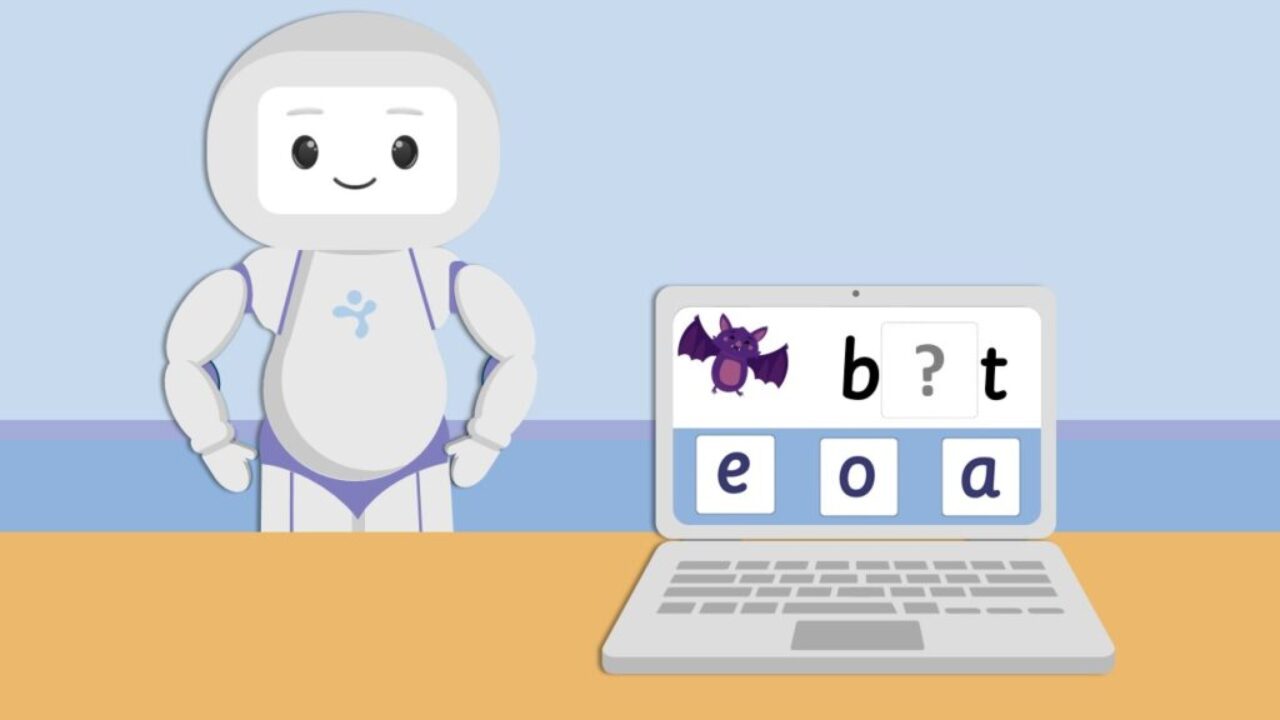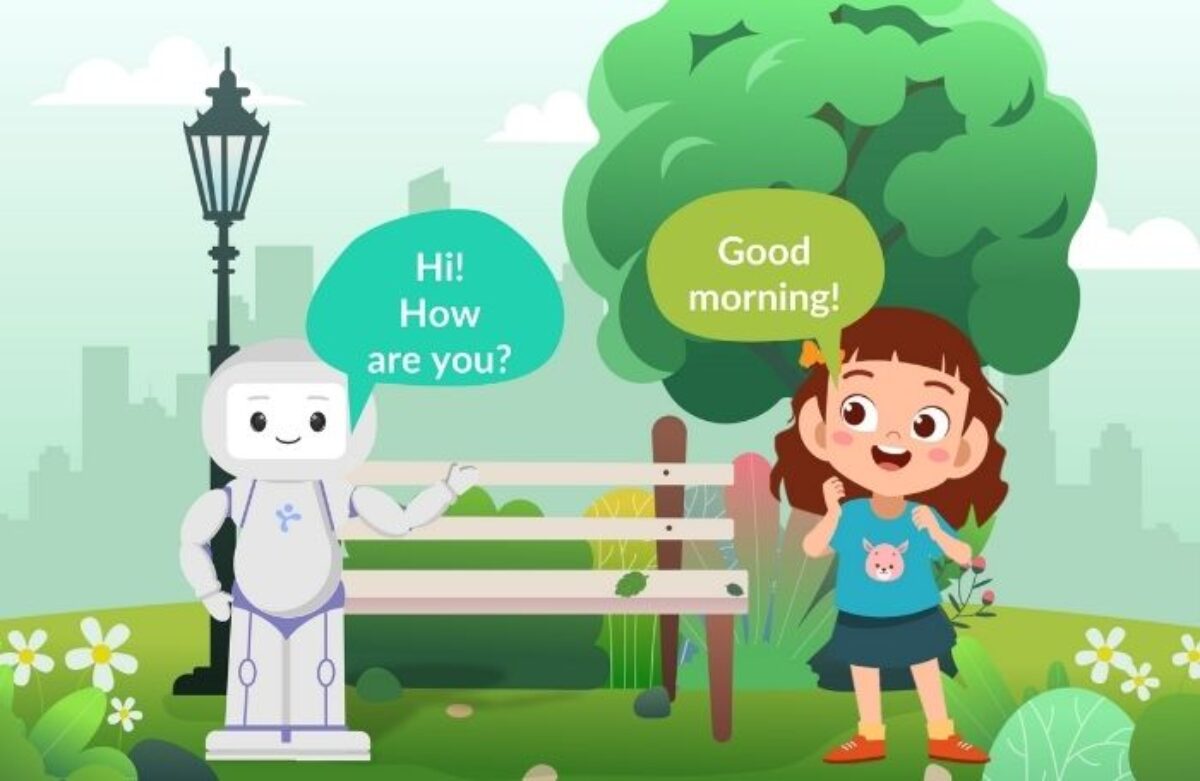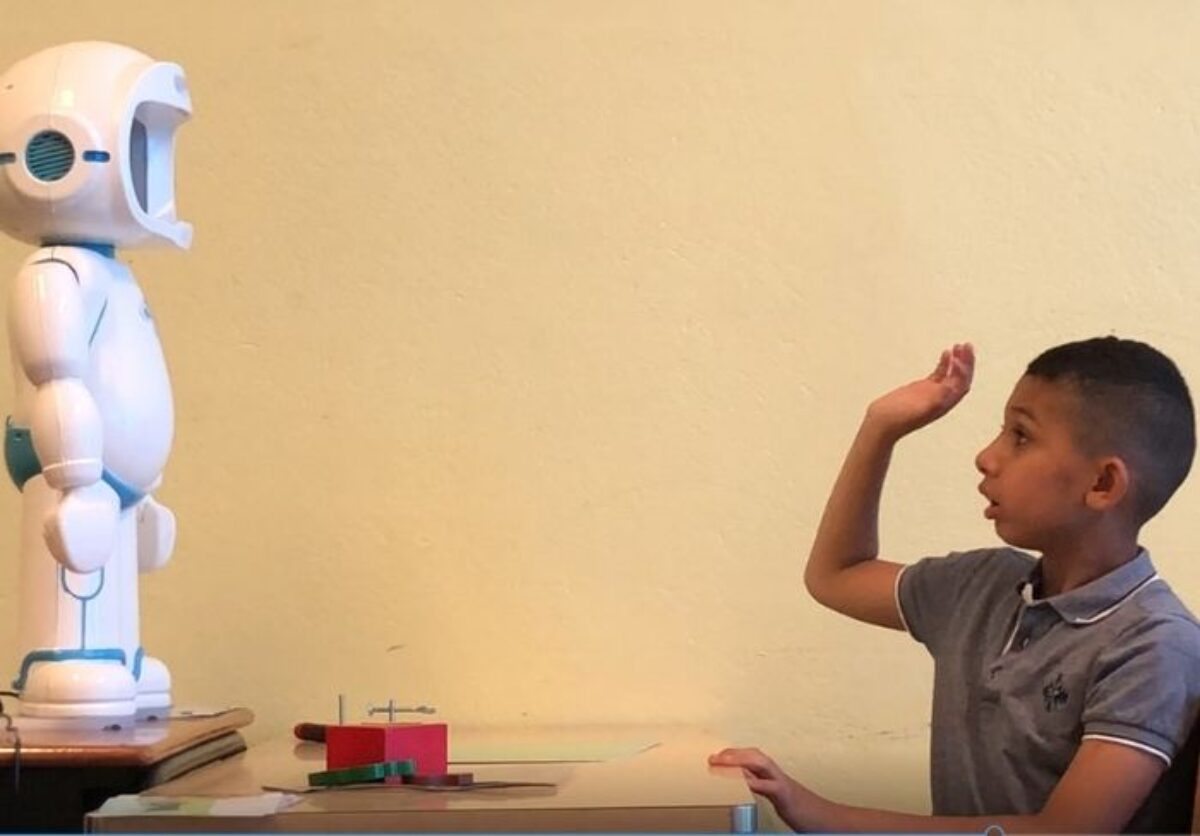QTrobot’s phonics curriculum is a structured, evidence-based programme designed to help autistic children and children with other special needs develop early literacy skills. Through engaging, interactive sessions, it teaches letter-sound recognition, blending, and segmenting in a clear and accessible way, tailored to each learner’s developmental level.
Topics Covered: Phonemic Awareness, Phonics, Reading Fluency, Vocabulary, and Reading Comprehension
Number of Units: 73
Age range: 4-7 years of development
–> Included in the home and school subscription plan!
QTrobot Phonics and Early Reading Curriculum for Autism & Other SEN:
QTrobot’s Phonics and Early Reading Curriculum is a structured and comprehensive learning program designed for early learners. It is based on the Science of Reading, a research-backed approach grounded in cognitive science, linguistics, neuroscience, and educational psychology.
This curriculum provides a clear framework for effective reading instruction, ensuring that all children—especially those with learning differences—develop strong literacy skills. By following the principles of the Science of Reading, QTrobot’s curriculum takes a systematic, intentional, and engaging approach to early literacy. It builds a solid foundation in phonemic awareness, phonics, fluency, vocabulary, and comprehension through interactive and developmentally appropriate activities tailored to young learners.
The Curriculum Covers the Five Essential Components of Reading
Based on the findings of the National Reading Panel (2000), QTrobot’s curriculum focuses on the five key components of reading instruction that are essential for developing fluent readers:
- Phonemic Awareness – The ability to hear, recognize, and manipulate individual sounds (phonemes) in spoken words. Example: Identifying that the word cat consists of the sounds /c/ /a/ /t/.
- Phonics – Understanding the relationship between letters (graphemes) and their sounds (phonemes) to decode words. Example: Recognizing that the letter “c” sounds like /k/ in cat.
- Fluency – Reading with accuracy, speed, and expression to support comprehension. Example: Reading smoothly without needing to sound out each word.
- Vocabulary – Developing an understanding of word meanings to enhance reading and communication skills. Example: Understanding that enormous means very large.
- Comprehension – The ability to understand, interpret, and engage with text to extract meaning. Example: Answering questions about a story after reading it.
By explicitly teaching these five components, QTrobot’s Phonics and Early Reading Curriculum ensures that children build strong literacy skills, setting them up for reading success.
QTrobot’s Instructional Approach
QTrobot curriculum is designed to be:
- Explicit – Direct teaching of phonemic awareness and phonics.
- Systematic – Skills are introduced in a structured sequence.
- Intentional – Every activity is designed with clear learning goals.
- Active – Students engage with diverse and interactive lessons.
- Gamified – Activities are fun, motivating, and technology-enhanced for engagement.
Letter-Sound Introduction: Phonics Sets
Each set introduces specific letters and sounds, reinforced through engaging activities:
- Set 1: A, S, T, P
- Set 2: D, I, M, N
- Set 3: C, G, K, O
- Set 4: Ck, E, R, U
- Set 5: H, B, F, L
Activities for Phonological Awareness & Early Reading
Each phonics set includes carefully structured activities that reinforce letter-sound correspondence, decoding, and early word reading:
- Unit 1- Letter-Sound Matching – Listening to letter sounds and matching them with written letters.
- Unit 2 - Letter-Sound Identification – Recognizing letter sounds when spoken.
- Unit 3 - Sorting Letters by Sound – Grouping letters based on their sounds.
- Unit 4 - Reading Letter Sounds – Practicing letter recognition and pronunciation.
- Unit 5 - Matching capital letters and small letters
- Unit 6 - Letter-Sound Identification – Recognizing capital letter sounds when spoken.
- Unit 7 - Building Simple Words – Arranging letters in sequence to form words.
- Unit 8 - Sorting Objects by Starting Sound – Matching pictures to corresponding letter sounds.
- Unit 9 - Identifying Beginning Sounds – Recognizing initial phonemes in words.
- Unit 10 - Blending and Reading CVC Words – Combining sounds to read consonant-vowel-consonant words
- Unit 11 - Matching CVC Words with Pictures – Reinforcing reading comprehension.
- Unit 12 - Matching Pictures with CVC Words – Strengthening word-object association.
- Unit 13 - Filling in the Missing Letter – Completing words with the correct beginning sound.
- Unit 14 - Filling in the Missing Letter – Completing words with the correct ending sound.
- Unit 15 - Filling in the Missing Letter – Completing words with the correct middle sound.
